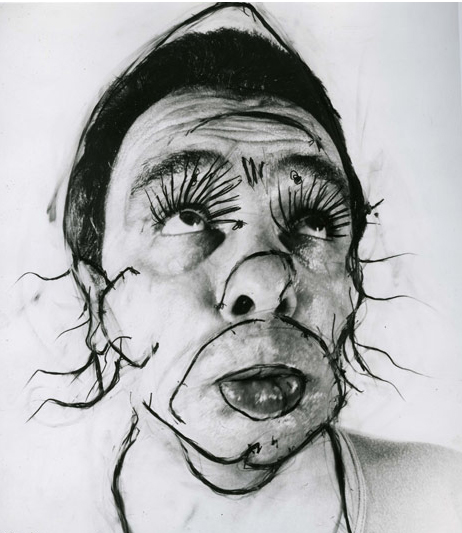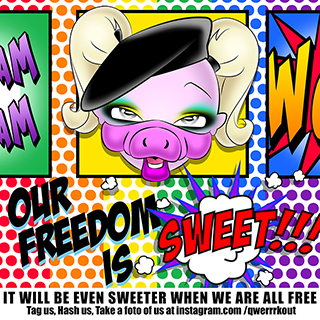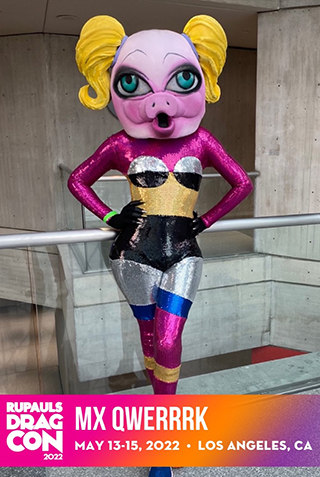Staging Action: Performance in Photography Since 1960

Performance art is generally experienced live, but what documents it and ensures its enduring life is, above all, photography. Yet photography plays a constitutive role, not merely a documentary one, when performance is staged expressly for the camera (often in the absence of an audience), and the images that result are recordings of an event but also autonomous works of art. The pictures in this exhibition, selected from the collection of The Museum of Modern Art, exemplify the complex and varied uses artists have devised for photography in the field of performance since the 1960s.
Many artists have experimented with the camera to test the physical and psychological limits of the body. The Vienna Actionists in the 1960s (including Rudolf Schwarzkogler, Hermann Nitsch, and Günter Brus) and the artists of Beijing’s East Village community in the 1990s recorded their ritualistic actions and gritty, endurance-based feats in graphic, body-focused black-and-white photographs that bring the viewer very close to the action. Not all performances exert such dire demands on the body, although many have entailed a sustained emotional engagement on the part of the artists: Bas Jan Ader photographed himself crying for the camera, and Adrian Piper used photography to chronicle a physical and mental state induced by fasting and writing in isolation.
Some artists enlisted the camera as an accomplice in experiments with identity. George Maciunas, whose closets were full of thrift-store dresses, played with transvestism, photographing his striptease performances; Vito Acconci used photography to record and then reflect on his attempts to feminize his body by plucking his body hair and hiding his genitals between his legs; and Lorna Simpson turned to the photographic archive as source material, combining found 1950s pinups with her own performative self-portraits, in which she emulates the poses, outfits, and settings of the earlier photographs. The exhibition also presents political dissent enacted with the photograph in mind. Ai Weiwei took pictures of his hand, middle finger extended, in gestures of disrespect toward national monuments typically photographed by tourists, and Robin Rhode appears to interact with objects drawn in charcoal on dilapidated walls, exploring rites of consumerism and dispossession in his native South Africa. Staging Action attests to the complex ways in which photography, with its ability to both freeze and extend a moment in time, pushes against the grain of mere documentation to constitute performance as a conceptual exercise that can be appreciated in the absence of a performing body.
The Museum of Modern Art, 11 W 53rd St bet Fifth and Sixth Aves, NYC, 212-708-9400, through May 9













